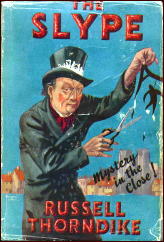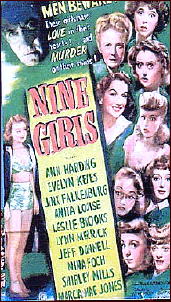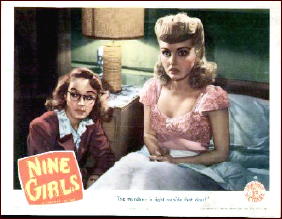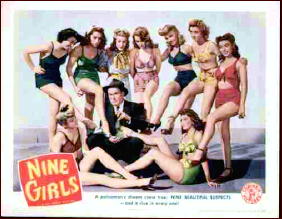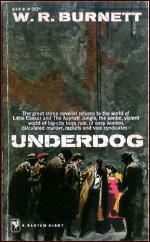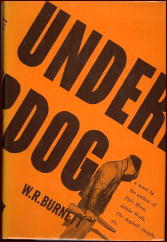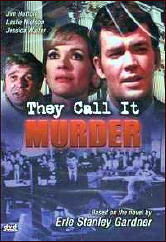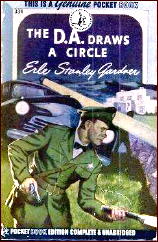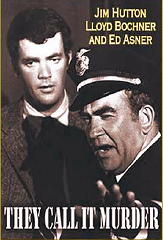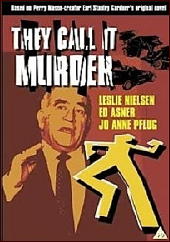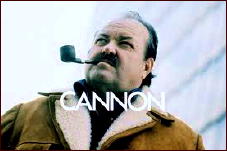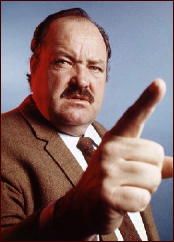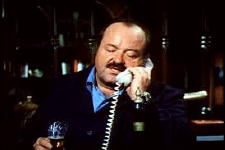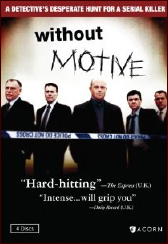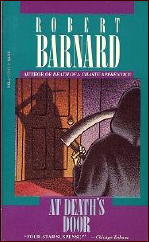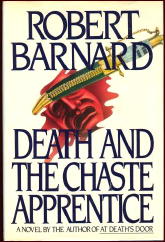Fri 10 Feb 2012
Archived Review: THOMAS BLACK – Four Dead Mice
Posted by Steve under Authors , Bibliographies, Lists & Checklists , Crime Fiction IV , Reviews[4] Comments
THOMAS BLACK – Four Dead Mice. Rinehart & Company, hardcover, 1954. Bantam #1448, paperback, 1956, as Million Dollar Murder.
I’m going to change things around from the way they usually occur here, not just a little, but from top to bottom. Instead of a complete list of Thomas [B.] Black’s private eye Al Delany character at the end of this review, here they are at the beginning:
The 3-13 Murders. Reynal & Hitchcock, 1946.
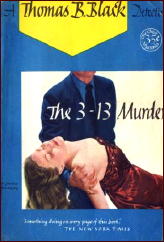
The Whitebird Murders. Reynal & Hitchcock, 1946.
The Pinball Murders. Reynal & Hitchcock, 1947.
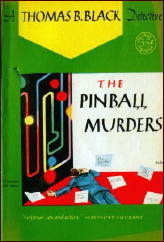
Four Dead Mice. Rinehart & Co., 1954.
There are are only the four of them, and why the gap, and why the abrupt end to the series, I do not know. I’d welcome any information that you might have. According to Al Hubin, Thomas Black was born in Kansas in 1910, with a possible death date of 1993, not confirmed. (Information on hand as of the current Revised Crime Fiction IV.)
I’m sure I’ve read at least one of the first three, but it was so long ago, I’ll not rely on memory, and I’ll report on only this one. It takes place in Chancellor City, an small metropolis with more than its share of alleys, back streets, rundown housing and a wide-open red light district. I had the feeling that it might be St. Louis, in disguise, or Kansas City, perhaps, but that’s only a guess, and it’s probably not relevant anyway.
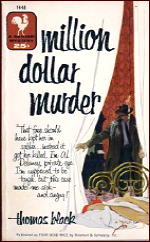
Delany is asked by a bakery to find out who might have dropped some dead mice into a vat of bread dough, and the case escalates from there to include the death of a job applicant who flunked an employment check, and more.
The dialogue is bright and chipper and slangy, and maybe some of the slang makes the book unreprintable today. For example, S.Q.Q. stands for? San Quentin Quail, if that helps any, and that’s what Delaney knows what Honey Ward is, a precocious young girl (in ways also probably unreprintable today) who grabs his attention early on and doesn’t let go.
Here’s an early scene that doesn’t have anything to do with the plot, and Cora Collins doesn’t appear again, but I liked the flavor it provided:
From a little later on, from page 37, this excerpt is getting closer to the plot:
With other characters involved named Delight (a big nut-brown colored hairpin, handsome as sin and better proportioned), “Baggy Pants” Vance, Bam Carson, George Washington Hite, Little Phil Murio, and a hophead named Sleepy-Sleep, this reads like a cross between Damon Runyon and Harry Stephen Keeler, with triple the coherency of the latter, thanks to numerous recaps and timetables and lists of questions that haven’t have been answered yet.
I’m not so sure about the ending. I wish Black had pumped up the descriptions of some of the characters earlier on, to give them the presence they needed to fit the roles they were designed to play — and I’m not (necessarily) referring to the killer(s). As it is, it’s solid detection on the run, winging it as it goes, and cramming it all in to fit (for the most part) until the number of pages runs out.
[UPDATE] 02-10-12. I’m sorry to say that this is all I remember of this book. If I hadn’t written the review, I wouldn’t even be able to tell you where the four dead mice came in. I think this is a positive review, however. I’ve convinced myself I ought to read the book again, next time I get the chance.
